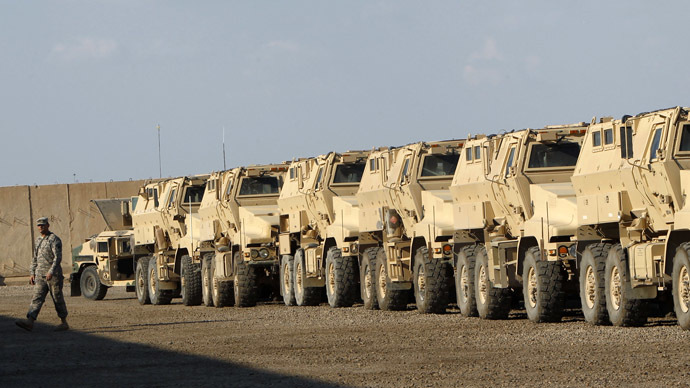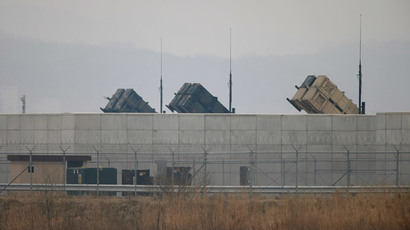Pentagon wastes $1bn worth of ammo due to outdated reporting system

The Pentagon has wasted a billion dollars’ worth of ammunition because its inventory reporting system isn’t up to scratch, with inaccurate accounting and no effective information sharing mechanism in place to point out vast unused reserves of ammunition.
Somehow the bullets and missiles that could still be used end up in a pile slated for destruction, and because a single weapons arsenal database has still not been worked out, an estimated $1.2 billion pile of ammo will go down the drain. So says a Government Accountability Office report obtained by USA Today.
The development of the database has been in the works for years, but different services have their own information systems, which to this day can’t share that information directly. The only department that has adopted a new system by the Pentagon is the Army. The Air Force, Navy and Marine Corps are all using outdated ones.
Democrat Senator and Chairman of the Homeland Security and Governmental Affairs Committee Tom Carper told USA Today that “there is a huge opportunity to save millions, if not billions of dollars if the [Pentagon] can make some common-sense improvements to how it manages ammunition.”
The senator added that “despite years of effort, the Army, Navy and Air Force still don't have an efficient process for doing something as basic as sharing excess bullets. This Government Accountability Office (GAO) report clearly shows that our military's antiquated systems lead to millions of dollars in wasteful ammunition purchases.”
The Pentagon has agreed that a need to automate the inventory reporting system should take center stage in future budgets. Although the study only covers peace-time arsenal accounting, one anonymous top military officer noted in an interview with USA Today that there were frequent shortages of 9mm handgun and .50-caliber machine gun ammo in Iraq and Afghanistan.
Among other things, the GAO report has found that even after annual meetings between the various military services, which attempt to redistribute the unused stockpile by sharing surplus data, ammunition that didn’t get discussed automatically gets the axe and is added to the pile for destruction. By comparison to the $1 billion wasted, the $70 million saved appears negligible.
To put things into perspective, the Army’s missile stockpile alone comprises $14 billion of the Department of Defense’s total of $70 billion in ammo under management.
A number of other shortfalls, such as that the Army only last year began to report on its unused missiles, adds greatly to the billion-dollar waste. The Army’s choice not to report on a bulk of its surplus ammunition results in other services buying fresh. Its reporting fails to mention ammo left over and stored from previous years. As authors point out, the study was on the eve of being released when other potential sources of bad information emerged. So those losses will not have been included.
Furthermore, tedious bureaucratic measures to do with sharing procedures result in computer orders for ammo made to the Army having to be entered into the system manually, raising the risk of clerical error.
In sum, the report appears to place much of the blame on the Army brushing everyone away with claims that they don’t have enough surplus ammo left over for redistribution annually. But without the Army’s active participation in this, “other services [spend] additional funds to procure missiles that are already unused and usable in the Army’s stockpile.”
The Army, following Defense Secretary Chuck Hagel’s and the GAO’s recommendations, has promised to do better and has already begun increasingly to share surplus ammo information with other services starting March. Previously, the service had not been contributing to the annual report at all.














